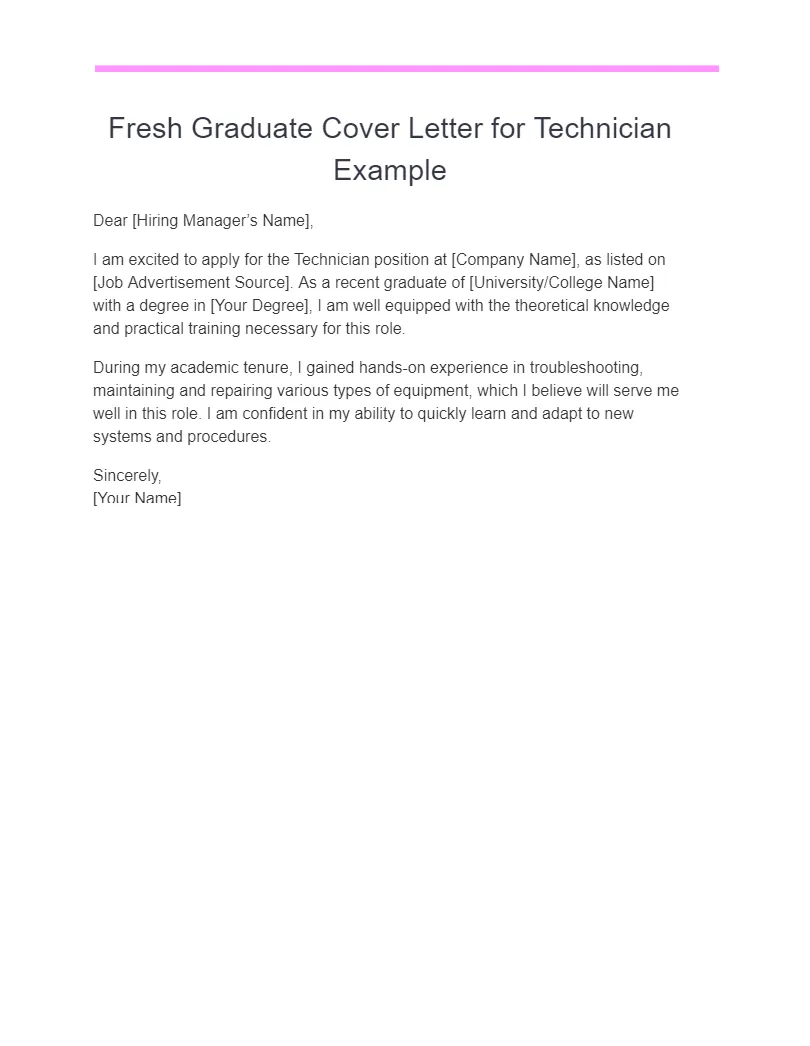Crafting a Compelling Fresher Cover Letter
A well-crafted fresher cover letter is your first introduction to a potential employer. It’s a crucial document that complements your resume, showcasing your personality, skills, and enthusiasm for the role. Unlike a resume, which provides a factual overview, a cover letter allows you to tell a story, explaining why you’re the ideal candidate. This guide will walk you through the essential elements, ensuring your fresher cover letter stands out and increases your chances of landing that dream job. The key is to move beyond simply listing qualifications; instead, you should demonstrate how your skills align with the company’s needs and how you can contribute to their success.
Understanding the Purpose of a Cover Letter
The primary purpose of a cover letter is to secure an interview. It’s your opportunity to make a positive first impression and convince the hiring manager that you possess the necessary skills and qualities. It allows you to personalize your application, demonstrating your genuine interest in the specific role and company. This is where you can bridge the gap between your qualifications and the employer’s needs. A strong cover letter highlights your relevant experiences, even if limited, emphasizing transferable skills and your eagerness to learn and grow within the organization.
Highlighting Skills and Qualifications
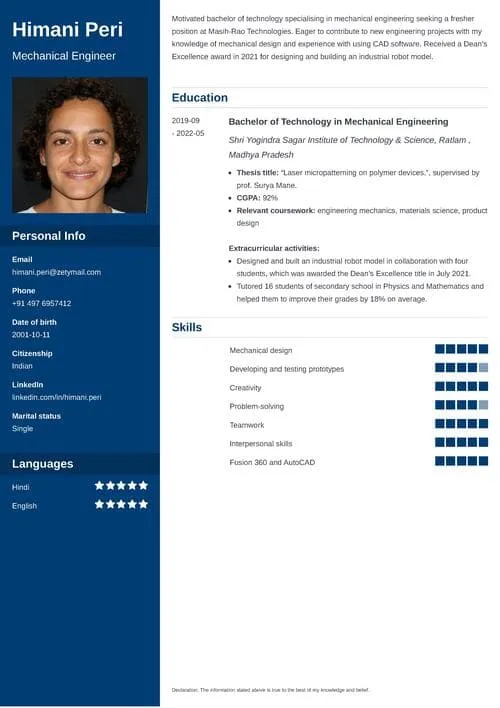
When you are a fresher, emphasizing your skills and qualifications is critical. Instead of just listing them, demonstrate how you’ve applied these skills, even in academic or extracurricular settings. For example, if the job requires strong communication skills, provide examples of presentations you’ve given, projects you’ve led, or any public speaking engagements. Similarly, if the role demands problem-solving abilities, highlight instances where you’ve identified and solved challenges. Tailoring your skills to the job description is essential, ensuring that you address the employer’s specific needs and expectations.
Researching the Company and Tailoring Your Letter
Before you start writing, thoroughly research the company and the specific role. Visit their website, read about their mission and values, and understand their recent projects or initiatives. This information allows you to tailor your cover letter, demonstrating your genuine interest and showing that you’ve taken the time to understand their needs. Mention specific aspects of the company that appeal to you and explain how your skills and experience can contribute to their goals. This tailored approach proves that you are not just sending out generic applications but are genuinely interested in their organization.
Structuring Your Fresher Cover Letter
A well-structured cover letter is easy to read and highlights the most important information. The standard format includes a header, an opening paragraph, body paragraphs, and a closing paragraph. Each section serves a specific purpose, guiding the reader through your qualifications and enthusiasm. By following this structure, you can present your information in a clear and concise manner, making a strong impression on the hiring manager. Remember, a clean and organized structure demonstrates your professionalism and attention to detail.
Header Section

The header should include your contact information, such as your name, phone number, email address, and LinkedIn profile URL. This information should be easily accessible so the hiring manager can quickly contact you. Also, include the date and the recipient’s contact information (hiring manager’s name, if known, and the company address). Ensure all information is accurate and up-to-date, as this is the first impression of your professionalism.
Opening Paragraph
Start with a strong opening that grabs the reader’s attention. State the position you’re applying for and where you found the job posting. Then, briefly summarize your key qualifications and your enthusiasm for the role. You can also mention a mutual connection or something specific that initially drew you to the company. This section sets the tone for the rest of your letter, so make it engaging and concise.
Body Paragraphs
Use the body paragraphs to elaborate on your skills, experience, and qualifications. Tailor your responses to the specific requirements of the job description, providing concrete examples of how you’ve applied your skills in the past. Focus on accomplishments and quantifiable results, if possible. Demonstrate your understanding of the company’s needs and how you can contribute. Keep each paragraph focused and concise, making sure that you maintain a consistent tone and style throughout.
Closing Paragraph
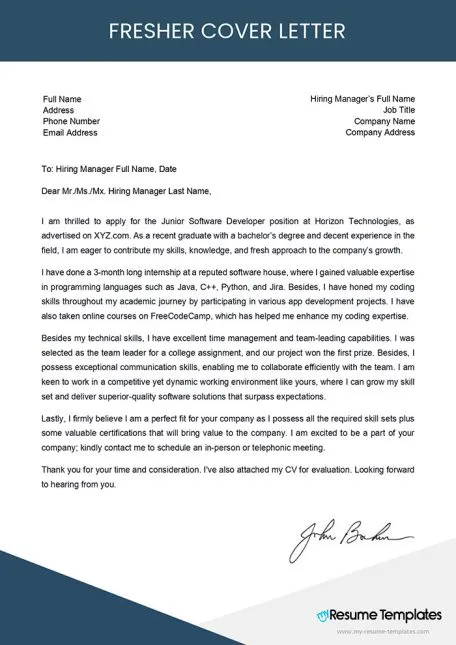
Conclude your cover letter by reiterating your interest in the role and expressing your eagerness for an interview. Thank the hiring manager for their time and consideration. Include a call to action, such as mentioning that you’re available for an interview at their earliest convenience. End with a professional closing, such as “Sincerely” or “Best regards,” followed by your name.
Proofreading and Formatting Your Cover Letter
Before submitting your cover letter, carefully proofread it for any grammatical errors, spelling mistakes, and typos. Ensure that the formatting is consistent and professional. Use a spell checker and ask a friend or family member to review your letter. A well-formatted and error-free cover letter demonstrates your attention to detail and professionalism, significantly increasing your chances of success. Errors can make a poor impression, regardless of your qualifications.
Key Elements to Include in a Fresher Cover Letter
A compelling fresher cover letter goes beyond simply listing your qualifications; it showcases your potential and enthusiasm for the role. The following elements are essential to ensure your cover letter stands out.
Highlighting Relevant Skills and Experiences
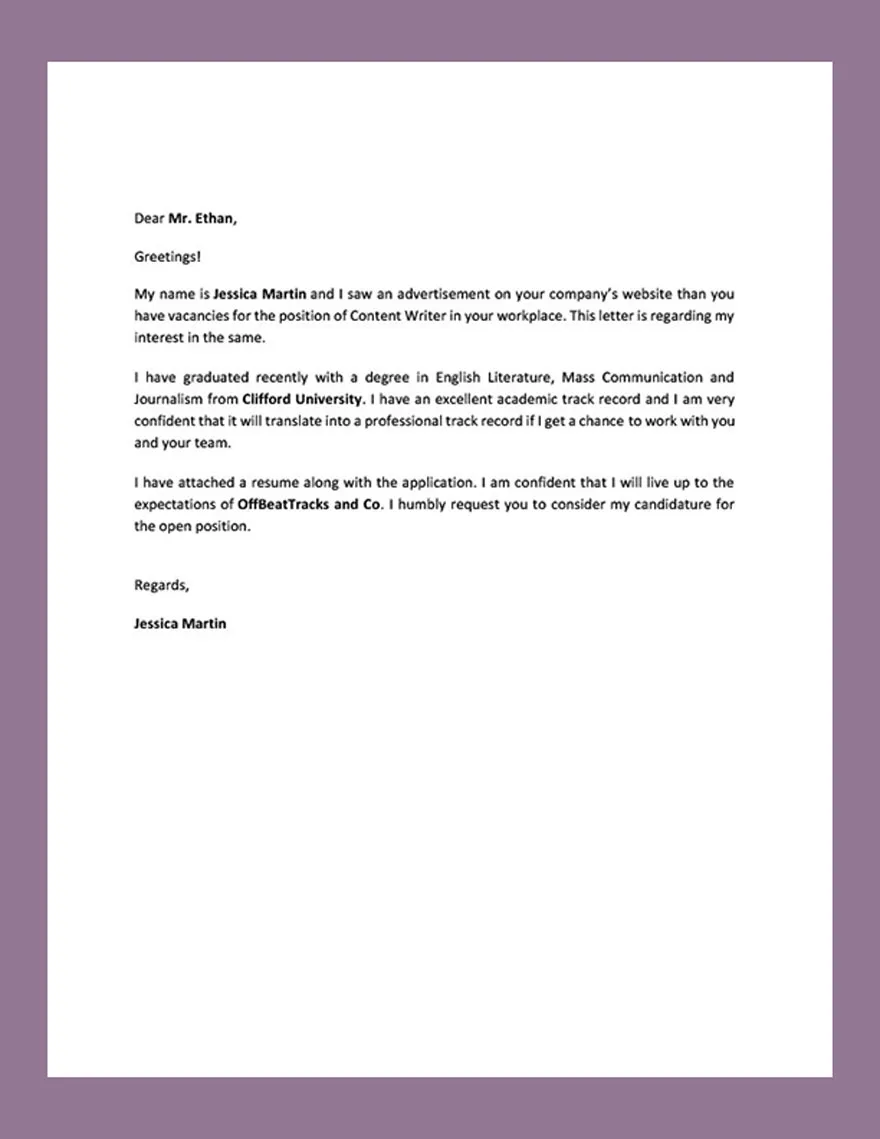
Even if you lack direct work experience, focus on your transferable skills. Highlight skills gained through academic projects, internships, extracurricular activities, or volunteer work. For example, if you’ve led a project, emphasize your leadership, communication, and problem-solving skills. Show how these experiences have prepared you for the job, even without traditional work experience. This is your chance to demonstrate your capabilities and value to the organization. For instance, if the job description mentions a need for teamwork, provide examples from your past where you collaborated successfully with others to achieve a common goal. This demonstration of your skills and your value to the organization will help differentiate you from other candidates.
Showcasing Academic Achievements and Projects
Highlight your academic achievements and projects that align with the job requirements. Mention any relevant coursework, research projects, or presentations. Describe the skills you developed and the results you achieved. This shows your ability to apply your knowledge and your passion for learning and growth. If you have a notable GPA or received any academic awards, feel free to include them. However, ensure that your academic accomplishments support the specific needs of the job. For instance, if the job requires a strong understanding of data analysis, showcase projects where you applied statistical methods or data visualization techniques.
Expressing Enthusiasm and Interest
Express your genuine enthusiasm for the role and the company. Explain why you’re interested in the position and what you hope to achieve. Show that you’ve researched the company and understand its mission and values. Personalize your letter by mentioning specific aspects of the company that resonate with you. Demonstrating your passion and interest increases your chances of getting noticed and makes you more memorable to the hiring manager. This is a critical way to distinguish yourself from other candidates who may seem less engaged or proactive.
Demonstrating a Professional Tone and Language
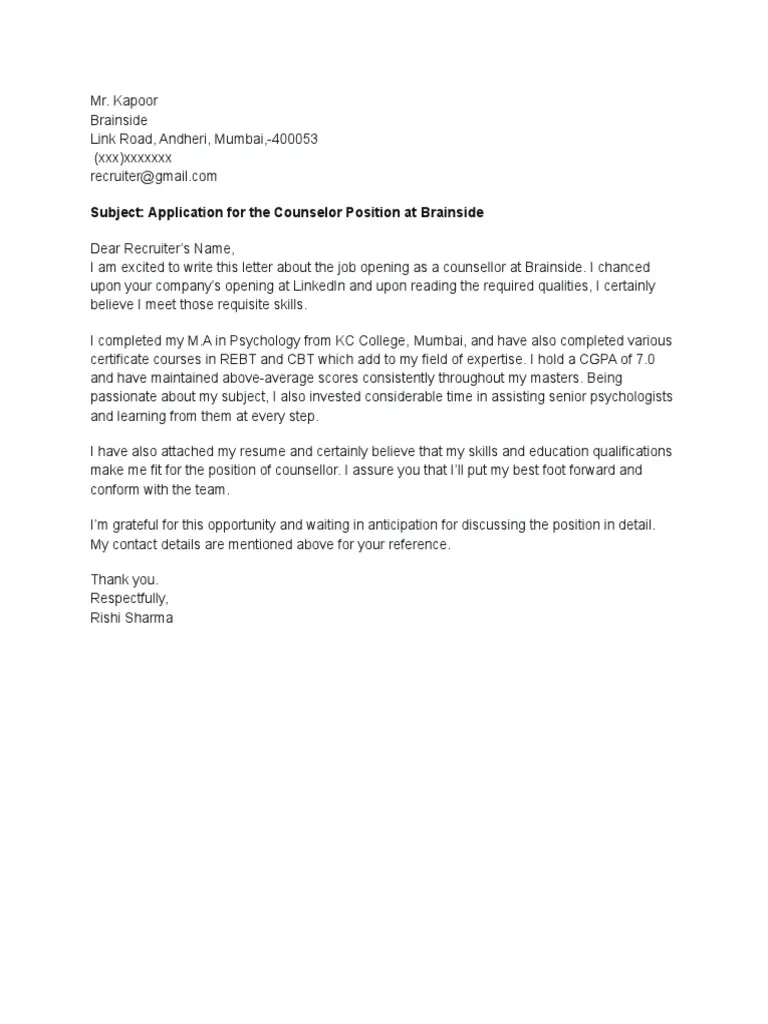
Maintain a professional tone and use clear, concise language throughout your cover letter. Avoid slang, jargon, and overly casual language. Use strong action verbs to describe your skills and accomplishments. Keep your sentences short and to the point, making it easy for the hiring manager to quickly understand your message. Proofread your letter carefully to eliminate any grammatical errors or typos. The language you use reveals your attention to detail and professionalism, making a positive impact on the reader.
Formatting and Design Best Practices
The format and design of your cover letter are as important as its content. A clean, well-organized letter is easier to read and creates a positive impression. Here are some best practices to follow.
Choosing the Right Font and Font Size
Choose a professional and easy-to-read font, such as Times New Roman, Arial, or Calibri. Maintain a font size of 11 or 12 points for the body text. Ensure the font is consistent throughout the document. A clean font and appropriate size enhance readability, making it easier for the hiring manager to process your information.
Ensuring Proper Spacing and Alignment
Use single spacing within paragraphs and double spacing between paragraphs. Align the text to the left margin, and avoid using justified text. This improves readability and creates a clean and organized appearance. Proper spacing helps the reader easily navigate the content and quickly understand the key points.
Using a Professional Email Address
Use a professional-sounding email address. Avoid using nicknames or informal email addresses. If possible, use an email address that includes your name (e.g., john.doe@email.com). A professional email address demonstrates your attention to detail and seriousness about the job application. This first impression matters; use an email that projects professionalism.
Including Contact Information
Clearly include your contact information in the header, as mentioned earlier. This includes your name, phone number, email address, and LinkedIn profile URL. Make sure this information is up-to-date and easy to find. Providing multiple methods of contact ensures that the hiring manager can easily reach you to schedule an interview.
Reviewing and Refining Your Cover Letter
Before submitting your cover letter, take the time to review and refine it. Multiple revisions and feedback can significantly improve the quality of your application. Here’s a look at essential steps in this process.
Seeking Feedback and Making Revisions
Ask a trusted friend, family member, career counselor, or professor to review your cover letter. They can provide valuable feedback on your writing style, content, and overall presentation. Incorporate their suggestions and make necessary revisions. Getting a fresh perspective can help you catch errors and ensure that your message is clear and effective. Don’t be afraid to revise and refine your cover letter multiple times before submitting it.
Using Action Verbs and Quantifiable Results
Use strong action verbs to describe your accomplishments and contributions. Whenever possible, include quantifiable results to demonstrate the impact of your work. For example, instead of saying, “Assisted with marketing campaigns,” say “Increased social media engagement by 30% through targeted marketing strategies.” Quantifiable results make your cover letter more compelling and show the hiring manager the value you can bring to their organization.
Tailoring Your Cover Letter to Specific Jobs
Customize each cover letter to match the specific requirements of the job you are applying for. Review the job description carefully and highlight the skills and experiences that align with their needs. Use keywords from the job description to demonstrate that you are a good fit. Tailoring your cover letter shows that you’ve taken the time to understand the role and that you are genuinely interested in the opportunity. This attention to detail sets you apart from generic applications.
In conclusion, a well-crafted fresher cover letter is your key to landing your dream job. By following these steps, showcasing your skills and enthusiasm, and tailoring your letter to each opportunity, you’ll significantly increase your chances of making a positive impression and securing an interview. Remember to proofread, seek feedback, and always tailor your letter to the specific job requirements. Good luck with your job search!
